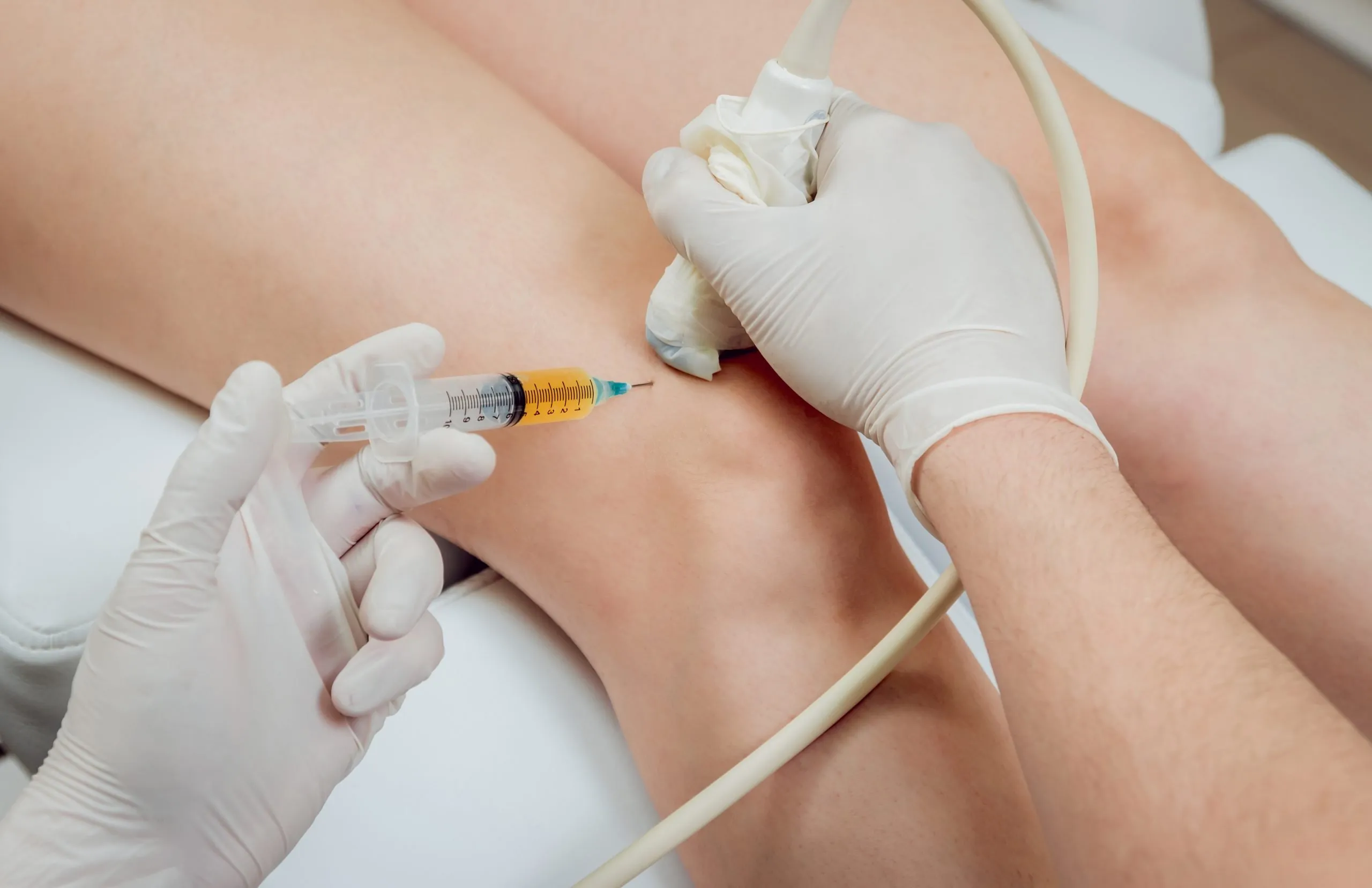
Injections are often offered when oral medications or physical therapy no longer provide adequate symptom relief. These procedures deliver medication directly into the affected joint, usually the knee, shoulder, or hip. The idea is to reduce inflammation, lubricate movement, or block pain locally without affecting the whole body. For patients with limited joint involvement, injections sometimes delay or avoid surgery. The relief may not be permanent but can improve quality of life significantly for weeks or months. Choosing this path requires a detailed look at your symptom pattern, joint damage level, and previous treatments. Doctors often recommend a trial round before long-term scheduling.
Corticosteroid injections are the most common and aim to reduce inflammation and swelling inside the joint
Corticosteroid injections are the most common and aim to reduce inflammation and swelling inside the joint. The medicine mimics your body’s natural anti-inflammatory hormones, offering relief often within days. Pain and stiffness can drop quickly, especially in early to moderate cases of osteoarthritis. However, effects tend to fade within a few weeks or months depending on joint use and disease stage. These shots are typically limited to three or four per year due to concerns about cartilage weakening. Repeating them too often may risk further joint deterioration rather than preservation. Monitoring timing and response helps prevent overuse and complication.
Hyaluronic acid injections are designed to supplement joint lubrication and cushion during daily movement
Hyaluronic acid injections are designed to supplement joint lubrication and cushion during daily movement. This substance already exists in joint fluid, but its concentration drops in osteoarthritis. The injected gel acts like a lubricant, improving glide between cartilage surfaces. Relief often comes slower than steroids, sometimes after a few weeks, but may last longer for some. It’s typically offered in one to three doses spaced over days or weeks. Success varies widely—some patients feel major relief, others feel no change. Insurance coverage also varies, and it’s generally reserved for moderate cases not responding to simpler options.
Platelet-rich plasma injections use your own blood components to promote healing within damaged joint tissues
Platelet-rich plasma injections use your own blood components to promote healing within damaged joint tissues. A small amount of blood is drawn, spun in a centrifuge, and reinjected into the joint. Platelets contain growth factors that may support cell repair and reduce inflammation over time. This option is considered experimental in many guidelines, though some clinics offer it widely. Results vary, and long-term studies remain limited. For younger patients or athletes, it may delay joint replacement. For older adults, results are more mixed. Safety is generally good since the substance is your own, but cost can be a barrier.
Some injections reduce pain temporarily but may accelerate cartilage loss if repeated too frequently
Some injections reduce pain temporarily but may accelerate cartilage loss if repeated too frequently. Corticosteroids are the main concern here, as they can thin cartilage and soften bone if overused. While helpful short term, these risks grow with high frequency and high doses. Pain relief might encourage overactivity, placing more strain on already damaged joints. Doctors must weigh short-term function against long-term structure every time they schedule an injection. Patients who understand these trade-offs can better judge when to pause or shift strategy. Injections should serve as a bridge—not a crutch—for long-term care planning.
Pain relief from injections varies based on joint condition, injection technique, and individual response
Pain relief from injections varies based on joint condition, injection technique, and individual response. Some patients report 70–80% relief, others feel minimal difference. Deep joints like hips are harder to reach precisely and often require image guidance. Knees and shoulders are more accessible, with higher accuracy using anatomical landmarks. Success depends on whether inflammation, bone changes, or mechanical wear are causing symptoms. The more severe the structural damage, the less likely injections alone will help. Doctors may use ultrasound or fluoroscopy to guide needle placement. Technique matters, especially when precision decides whether fluid reaches the target tissue or not.
Infection risk is low but real—aseptic technique and proper aftercare reduce complications significantly
Infection risk is low but real—aseptic technique and proper aftercare reduce complications significantly. Even though injections are routine, they involve breaching the skin barrier into a sensitive space. Infection rates are below 1%, but the impact is serious if it occurs. Symptoms like increasing pain, redness, warmth, or fever within days should be reported immediately. Most doctors provide post-procedure instructions including rest and signs to watch for. Patients with immune compromise may require extra precautions. Using sterile supplies and experienced providers keeps risks minimal. Awareness and quick response protect joint health if any issue arises.
Injections should be part of a broader plan—not a stand-alone solution for managing osteoarthritis
Injections should be part of a broader plan—not a stand-alone solution for managing osteoarthritis. They offer temporary relief but don’t reverse the disease process itself. Physical therapy, weight management, and strength training improve joint support and reduce pressure. Bracing, footwear, or activity modification can also ease strain and reduce flares. Injections create a window where movement becomes easier—this time must be used for building strength and routine. Without follow-up, relief fades and the same problems return. Doctors often emphasize this during pre-injection counseling, but follow-through matters. Relief allows rehab, not rest alone, to sustain improvement.
Some patients feel more empowered after injections, while others feel frustrated by unpredictable outcomes
Some patients feel more empowered after injections, while others feel frustrated by unpredictable outcomes. Expectations play a big role in post-injection satisfaction. Thinking of them as a “cure” often leads to disappointment when effects wear off. Seeing them as a tool within a larger strategy creates more realistic follow-through. Knowing what to expect, how long relief might last, and when to reassess helps. Informed patients track their function, not just pain scores. They notice movement, stamina, and ease—not only intensity. For some, injections unlock potential; for others, they highlight limits. Either result offers data for better planning ahead.
Timing injections around activities or rehab may improve results and guide future decisions more clearly
Timing injections around activities or rehab may improve results and guide future decisions more clearly. Some patients schedule injections before travel, sports events, or surgery preparation. Others use them to enable participation in a new therapy cycle. Using that pain-free window effectively makes the most of temporary relief. Doctors may suggest specific timing based on medication type and expected onset. Results from these strategic applications help decide whether injections remain part of the plan. They should not be used reactively every time pain spikes without reflection. Planned use creates better outcomes than scattered attempts for short-term escape.
